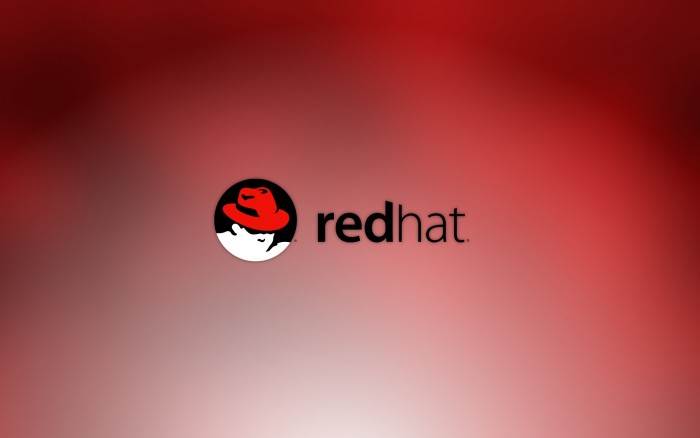Red Hat Enterprise Linux 6.10 Release

RHEL is a commercial Linux distribution with a history of more than ten years (initially released in 2000). It often uses on mainframes and supercomputers in addition to ordinary PCs and general servers. The excellent stability makes it widely used in many infrastructure-level servers. It provides support for multiple architectures such as the 64-bit ARM, x86/x86_64, Power PC, and IBM z Systems. Red Hat uses strict trademarked rules to limit the free redistribution of its officially supported version of RHEL, but RHEL’s source code still provided free of charge. Third-party derivative versions can be built upon the removal of non-free components such as Red Hat trademarks, such as community-supported commercial forks such as CentOS and Scientific Linux, as well as Oracle Linux.

The RHEL team announced the release of RHEL 6.10 on June 19. This release focuses on stability and maintains security features that are compatible with hardware, application, and management tools to support the next generation of Cloud-Native applications.
“Red Hat Enterprise Linux 6.10 marks the transition from the Maintenance Support 1 lifecycle phase to the Maintenance Support 2 phase. In order to help provide customers with a stable environment for the remainder of the Red Hat Enterprise Linux 6 lifecycle, only critical security fixes and business-impacting urgent issues have been addressed. Examples include the addition of retpoline-based mitigations for the Spectre/Meltdown vulnerabilities[2], an updated GNU Compiler Collection (GCC), and rebased gcc-libraries packages.”
This release also includes RHEL 6.10 base images to help companies more easily migrate RHEL 6 workloads into container-based applications. These Cloud-Native the workload of the post can be deployed and maintained in more modern platforms, such as RHEL 7, RHEL Atomic Host and Red Hat OpenShift container platform.
To facilitate customers planning their migration to RHEL 7, RHEL 6.10 also brings updates for the Pre-upgrade Assistant, the Red Hat Upgrade Tool, and the accompanying software documentation.





